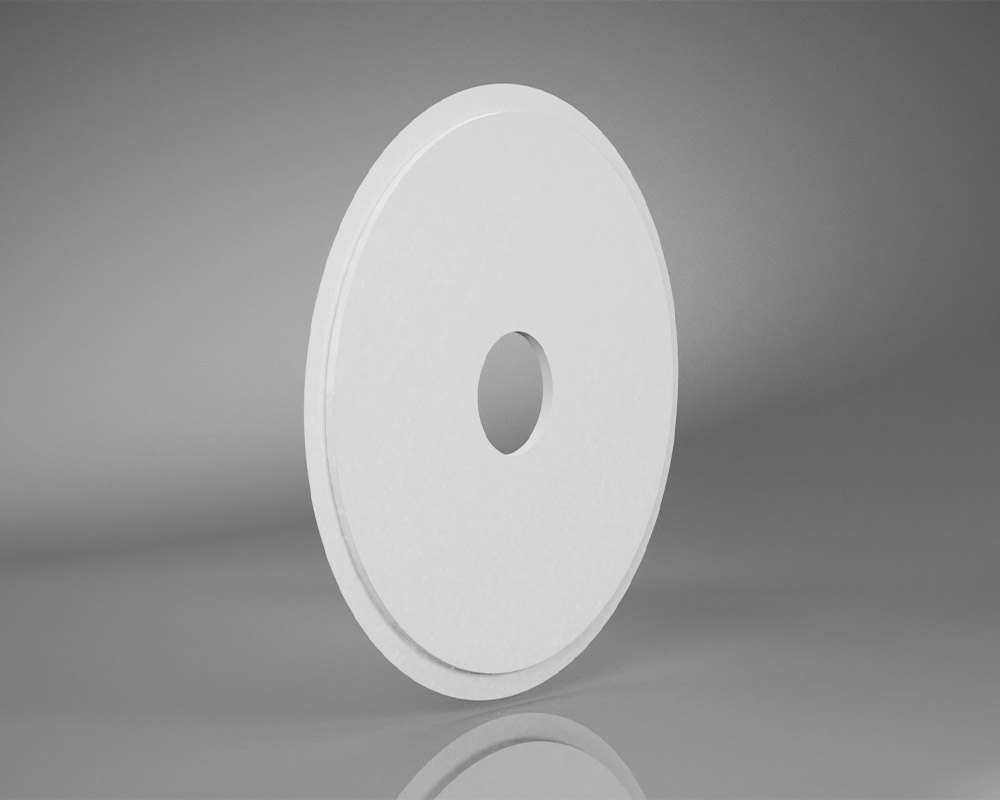The characteristics of ceramic materials define the behaviour of the material in different situations such as: Resistance to temperature, capacity for electrical insulation and resistance to corrosion.
It’s important to have a good knowledge of the characteristics of these materials as these will facilitate what material we need depending on their functionalities.
Electrical properties of ceramic materials
- Electrical insulation: Ceramic materials in general are electrically non-conductive materials.
- Conductivity: Although advanced ceramics generally block electricity, there are semiconductor ceramics that depending on their temperature and applied voltage level that conduct electricity.
Physical properties of ceramic materials
- Hardness: The most distinctive characteristic of advanced ceramics is their extreme hardness, where for example: Alumina has a hardness almost 3 times that of stainless steel.
- Stiffness: The high stiffness of ceramics is measured by testing the elasticity after applying a force Its inflexibility makes it a part avoids deformation.
- Impact resistance: Currently technical ceramics have a low resistance to breakage, but stabilised Zirconia offers significant improvements in resistance to reaching the breaking point.
- Specific Gravity (Density): Generally, ceramics have a lower density than high strength metals, within the same volume many ceramics can reduce the weight to half that of metal.
Chemical properties of ceramic materials
Advanced ceramics have a high level of chemical stability. They are highly resistant to many corrosive agents such as hydrochloric acid, sulphuric acid, nitric acid, sodium hydroxide……
Thermal properties of ceramic materials
1. Heat resistance Ceramics of all types are known for their ability to withstand high For example, alumina melts temperatures approaching 1800°C, well above the melting point of metallic materials.
2. Thermal expansion When materials are heated, their size and volume increase, in a phenomenon known as thermal expansion. The coefficient of thermal expansion ratio indicates how much a material expands in a 1°C temperature rise. Ceramics have a low coefficient of thermal expansion, less than half that of most steels.
3. Thermal conductivity: The property that defines the heat transmitted through a material is called thermal. Advanced ceramics offer a wide range of thermal conductivity; Some materials have high levels of conductivity and transfer the heat well, while others have low levels of conductivity and transfer less heat. The thermal conductivity of silicon carbide is particularly good, while Zirconia has a low coefficient of thermal conductivity, about 1/10 the coefficient of stainless steel.
Contact Steelceram if you are looking for high performance ceramic solutions.


